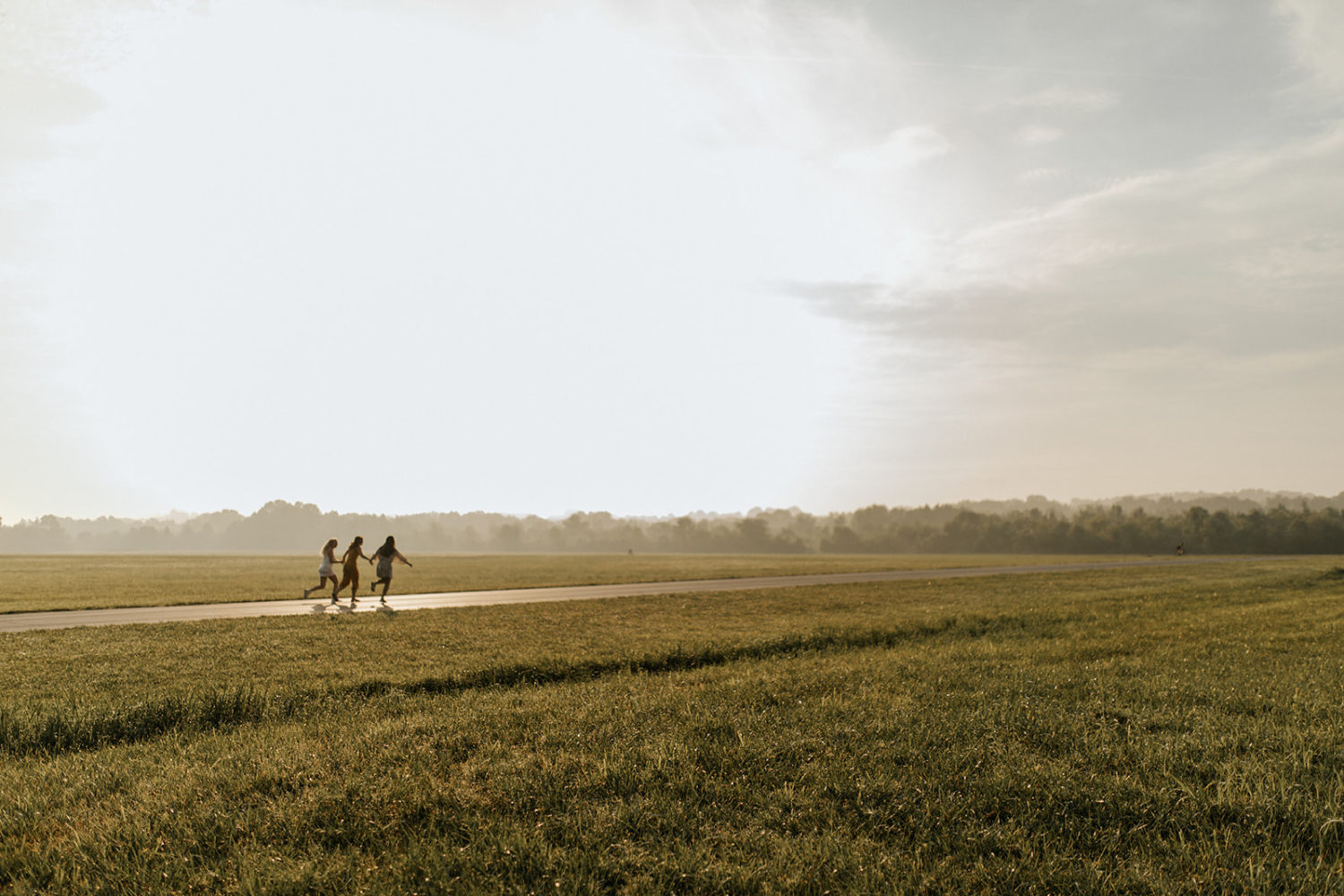Anywhere from 50 to 300 million people may face climate-induced displacement over the coming century. This is an almost unimaginable number of people who will need resources, including food and security, and who will need to seek out a new home as climate refugees.
Throughout this Impactfull series, we have learned about the challenges and scope of the problem which climate refugees face. Though the obstacles may be great in the coming years, this is the best time for us to take action and to explore the solutions to this global crisis.
In this final week of our Impactfull series on climate refugees, we will consider the steps we can take to address this important human rights issue that is deeply connected to us all. From supporting organizations like our July Impactfull partner Climate Refugees, to taking on the ‘polycentric governance’ approach to protecting climate refugees, this is how our newfound knowledge can meet impact.
Where do we even begin?
Climate refugees exist throughout the world and have faced climate-induced migration for a wide variety of reasons. The global nature of this issue can make finding solutions a daunting challenge; however, effective solutions can even be those which address small aspects of the larger problem. As Prof. Jonathan Gilligan mentioned in our second podcast episode for this Impactfull series, this leads us to the ‘polycentric governance’ approach.
Nobel-prize winning economist Dr. Elinor Ostrom coined this approach in her study of natural resource management. Polycentric governance means enlisting actors at multiple scales, from local and state to national and international, to interact and enforce rules that address a collective action problem. Climate refugees face one of the greatest collective action challenges we have ever faced in the world. Climate change uniquely impacts everyone who lives and breathes on the planet Earth. This collective action problem is a prime example for the value of polycentricity.
For climate refugees, a polycentric approach could engage local community councils, regional partnerships, national legislation, and international conferences to address climate-driven displacement. Collaboration and cooperation is key to ensuring the success of this approach. We must encourage communication among the different actors and initiatives addressing climate refugees to share best practices and learn to adapt to challenges that these groups may face.
Who is already engaged in this work?
Although climate refugees may lack legal recognition, they are not alone in recognizing the dire consequences of climate change and in fighting this problem. One such example is our Impactfull partner for July, Climate Refugees. Climate Refugees was founded in 2015 to bring attention to the vulnerable individuals facing climate displacement and to change policy surrounding climate refugees. This organization prioritizes a people-driven approach through field research, educational programs, and technical assistance in the communities most impacted by climate change.
As with many organizations that address vulnerable communities that may not be able to easily share their voices, Climate Refugees offers a platform to share the voices of climate refugees through their effective advocacy work. Through their Spotlight series, Climate Refugees examines recent developments in law and news about climate displacement to spread awareness about the plight of refugees. With a more personal approach, the Perspectives series shares evidence from the field, including conversations with climate refugees about their experiences and their acute needs.
Climate Refugees is far from the only active organization working to bring awareness and solutions to the challenges that climate refugees face. The Environmental Justice Foundation creates visual campaigns which humanize and bring attention to the particular difficulties that climate-displaced migrants encounter as they flee home. Refugees International launched its Climate Displacement Program in 2009 to try to address the gap between international law and the situation facing climate refugees today.
What can we do next?
Throughout this series, we explored who climate refugees are and what situations they face. We have learned about climate refugees fleeing the nexus of climate change and conflict in South Sudan, and we have discussed individuals like Ioane Teitiota who have challenged the international legal framework governing refugee status. For many of us, these examples still may seem somewhat far from home.
Yet, in an increasingly globalized world, our smallest local actions can create vast ripples. In the case of climate refugees, the most essential act we can undertake is to raise awareness and advocate for climate refugees. Policy change is crucial if we want to address the harms experienced by vulnerable climate refugees and to persuade major corporations and governments to mitigate their climate change-causing actions.
Using the knowledge we’ve gained through this Impactfull series, we can be active advocates for climate refugees to the people around us and we can be supporters of organizations working to change policy governing the rights and protections afforded to climate refugees.
I have really enjoyed exploring the topic of climate refugees in articles and podcasts over the course of July, and I encourage you to check out our exciting upcoming Impactfull series on plastic waste in August!
- State of the UNIONS: Welcome to September’s Impactfull Series - September 2, 2022
- What We Can Learn from the Ukrainian Refugee Crisis - March 29, 2022
- The Olympic Effect: Changes in Host Communities - February 21, 2022
